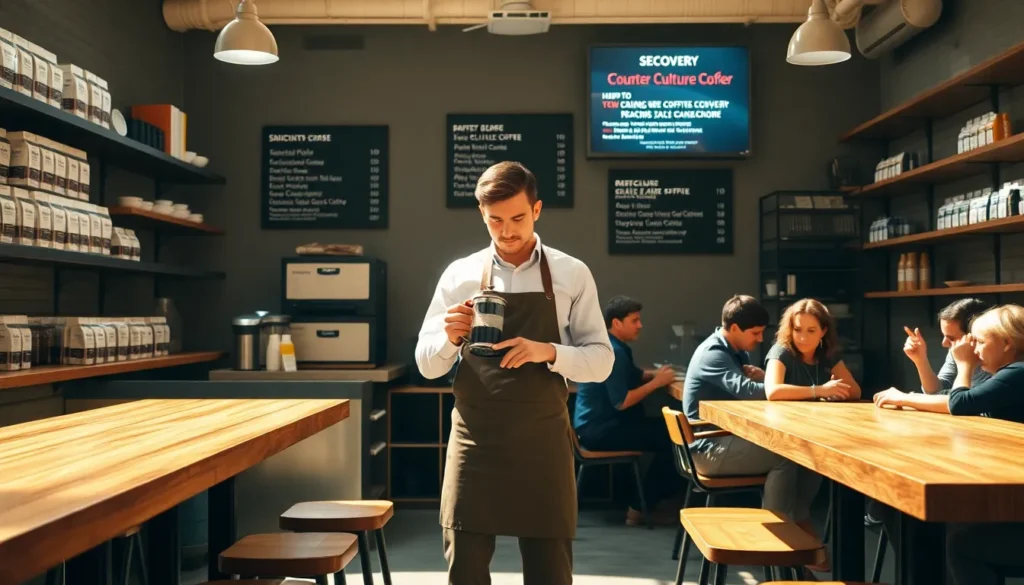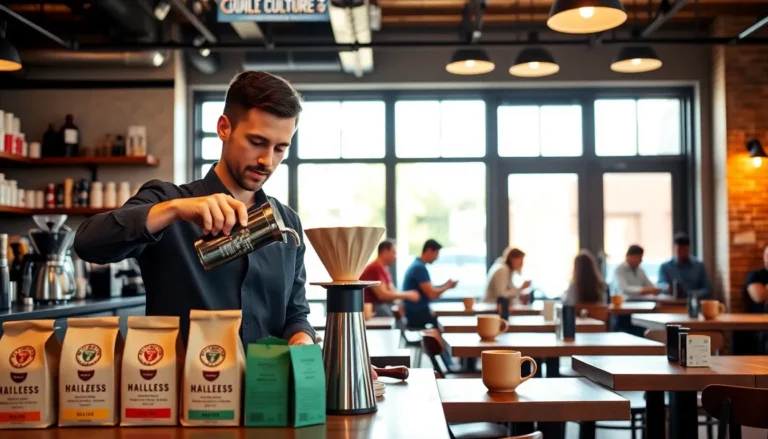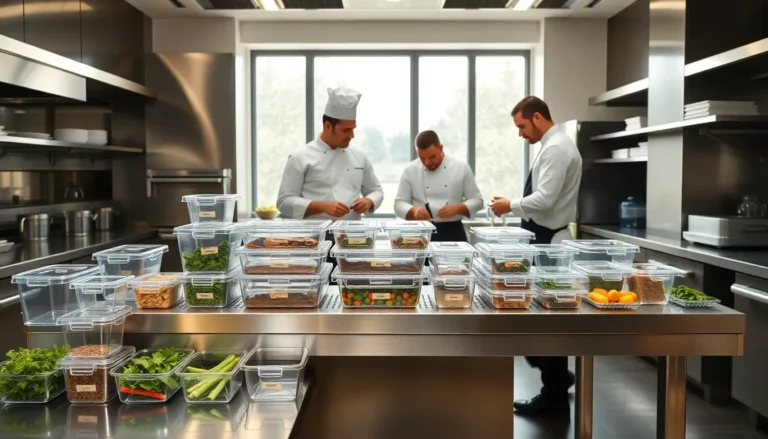In the world of specialty coffee, Counter Culture Coffee has often been hailed as a beacon of excellence. But currently, it seems more like a cautionary tale of how quickly things can go awry in the caffeinated corner of business. With whispers of financial hardships, supply chain calamities, and a PR disaster brewing like a poorly made espresso, it’s a rich narrative worth diving into. Let’s dig into the mug, shall we?
Table of Contents
ToggleOverview of Counter Culture Coffee

History and Origins
Founded in 1995 in Durham, North Carolina, Counter Culture Coffee quickly gained a reputation for its commitment to quality and sustainability. Pioneering the specialty coffee movement, they focused not just on the beans but on fostering relationships with farmers around the globe. Over the years, they built a loyal fan base by prioritizing ethical sourcing, especially through direct trade agreements, which revolutionized how consumers viewed their morning cup of joe.
Mission and Values
The company’s mission has always echoed through the halls of its roasteries: to change the coffee industry for the better. This ethos emphasizes sustainable practices, educating consumers about the journey from bean to cup, and a clear focus on the environment. Their approach aimed at not only providing high-quality coffee but also creating a positive impact in coffee-producing communities. But, can lofty ideals hold up when the ground reality starts to crack?
Recent Developments Leading to Trouble
Financial Challenges
Even though its stellar reputation, Counter Culture Coffee finds itself ensnared in financial turmoil. Reports indicate declining sales numbers that threaten its bottom line. Increased competition within the specialty coffee sector and the shift in consumer behaviors, especially post-pandemic, have forced them to rethink their strategies. There’s no denying it: profits have been as elusive as the perfect pour-over.
Supply Chain Issues
To add fuel to the fire, the coffee industry is grappling with global supply chain disruptions. From shipping delays to fluctuating prices of raw materials, Counter Culture is feeling the heat. These supply chain issues have not only strained their operations but also pushed them to reconsider sourcing strategies, putting their commitment to sustainability on the line.
Public Relations Crises
Then, like the cherry on a sundae gone rogue, a public relations crisis emerged, exacerbating the woes. Allegations about treatment of staff and transparency about sourcing practices have sparked outrage on social media. With customers holding brands accountable more than ever, Counter Culture’s challenges with PR may be the straw that breaks the camel’s back in a fiercely competitive market. Public trust, once a field ripe for harvesting, now seems like an uphill battle to restore.
Impact on Consumers and Stakeholders
Customer Reactions and Backlash
What happens when loyal customers start to question the very foundation of their favorite coffee brand? Amidst the troubles, many long-time patrons express dissatisfaction and disappointment. Some say they feel like their beloved coffee shop has betrayed its values, like a barista forgetting their favorite order. Reviews take a sharp turn: what was once five stars now teeters toward two. This backlash isn’t just noise: it’s a clear signal that trust needs urgent mending.
Stakeholder Perspectives
Investors and partners are equally unsettled. Stakeholders are scrutinizing the company’s direction, wondering if this once-promising brand can adapt or if it’s descending into oblivion. Conversations about potential restructuring or even new leadership are circulating in boardrooms. The pressure is palpable: when stakeholders lose faith, they send a shockwave throughout the entire organization, creating further uncertainty for employees and customers alike.
Future Prospects for Counter Culture Coffee
Market Adaptations
How can Counter Culture Coffee adapt to turn things around? One potential avenue lies in engaging more deeply with its community. An increased focus on local sourcing and partnerships could provide a fresh way to restore not just financial stability but also brand image. Workshops, tastings, and community involvement could reinforce their commitment to education and ethical practices, essentially restoring the backbone of what made them famous.
Potential for Recovery
Recovery is possible, but it demands a multi-faceted approach. Leaning into technology to streamline operations, improving supply chain logistics, and fostering transparency with consumers can pave the way forward. The key would be cultivating those core values while navigating a rapidly evolving market landscape. Can they reclaim the hearts of coffee lovers? Only time will tell, but an actionable plan could set them back on the optimal path.



